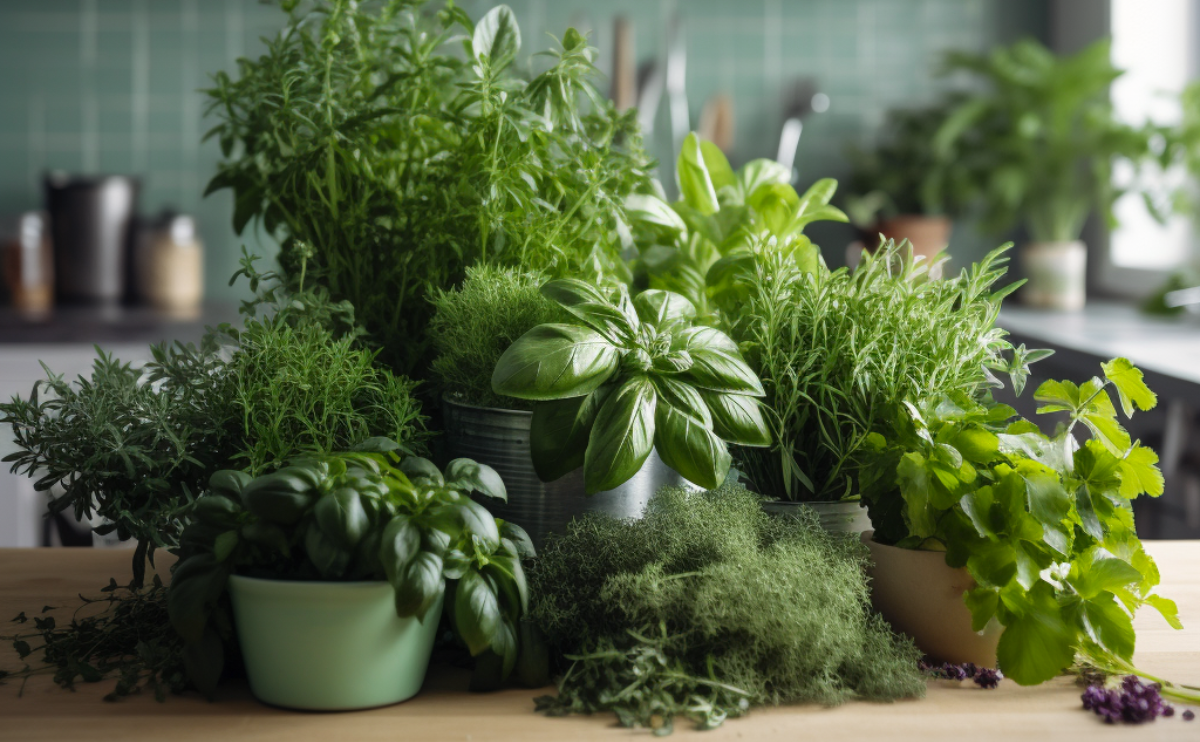Starting your garden from seed is a great way to ensure that you have access to fresh, healthy produce all season long. And if you’re interested in preserving heirloom varieties of fruits and vegetables, starting your plants from heirloom seeds is the best way to go. But getting your heirloom seeds off to a good start can be challenging, especially if you’re starting them indoors. Here are some tips for starting heirloom seeds indoors in the spring.
Here’s how to start your heirloom seeds indoors:
Start with high-quality seeds
Make sure you’re starting with fresh, high-quality heirloom seeds that are appropriate for the time of year and the growing conditions in your area. Look for seeds that are specifically labeled for indoor or container gardening.
Choose the right containers
Choose containers that are large enough to accommodate the seedlings as they grow, but not so large that the soil dries out too quickly. Look for containers that have drainage holes and can be easily moved around as needed.
Use the right soil
Choose a high-quality soil mix that is specifically designed for starting seeds. Look for a mix that is lightweight and well-draining, with plenty of nutrients to support healthy growth.
Keep the soil moist
Heirloom seeds need consistent moisture to germinate and grow properly. Keep the soil moist but not waterlogged, and cover the containers with plastic wrap or a clear plastic lid to help retain moisture.
Provide the right amount of light
Most heirloom seeds need plenty of light to germinate and grow properly. Place the containers in a warm, sunny location or use grow lights to provide the right amount of light.

Keep the temperature consistent
Heirloom seeds also need consistent temperatures to germinate and grow properly. Keep the containers in a warm, draft-free location, and use a heating pad or other heating source if necessary to maintain a consistent temperature.
Thin the seedlings
Once your heirloom seeds have germinated and started to grow, it’s important to thin the seedlings to prevent overcrowding. This will help ensure that each plant has enough space to grow and develop properly.
Harden off the seedlings
Before transplanting your heirloom seedlings outdoors, it’s important to harden them off first. This means gradually exposing them to outdoor conditions over a period of several days to help them acclimate to the new environment.
Top 10 Herbs for Planting Indoors in Spring
- Basil – a popular culinary herb that loves warmth and sunlight, making it perfect for indoor planting in spring.
- Chives – a hardy herb that grows well in a variety of conditions, chives add a mild onion flavor to many dishes.
- Parsley – a versatile herb that can be used as a garnish or in many dishes, parsley is easy to grow indoors and can be harvested continuously.
- Thyme – a fragrant herb that adds a savory flavor to dishes, thyme prefers well-drained soil and plenty of sunlight.
- Oregano – a popular herb in Mediterranean cuisine, oregano grows well in containers and can be harvested as needed for cooking.
- Mint – a refreshing herb that can be used in beverages, desserts, and savory dishes, mint thrives in damp soil and partial sunlight.
- Rosemary – a woody herb that adds a pungent, pine-like flavor to many dishes, rosemary needs plenty of sunlight and well-draining soil.
- Sage – a versatile herb with a strong, earthy flavor, sage prefers well-drained soil and plenty of sunlight.
- Cilantro – a common herb in Mexican and Asian cuisine, cilantro prefers cooler temperatures and frequent watering.
- Dill – a tangy herb that adds flavor to salads, pickles, and seafood dishes, dill prefers well-drained soil and plenty of sunlight.

Detailed Guides for Planting Vegetables, Herbs, Greens & Lettuce, Peppers, and Wildflowers:
At FarmerValley we offer detailed guides for planting vegetables, herbs, greens & lettuce, peppers, and wildflowers. These guides provide step-by-step instructions for planting and caring for your plants, as well as tips for getting the best results. Check our growing guides and plant your own non-GMO garden with confidence.
Planting non-GMO seeds is a great way to enjoy fresh and healthy vegetables and herbs while also knowing that you’re avoiding harmful additives. With these essential tips and top lists, as well as our detailed guides, you’ll be on your way to a bountiful harvest in no time.

